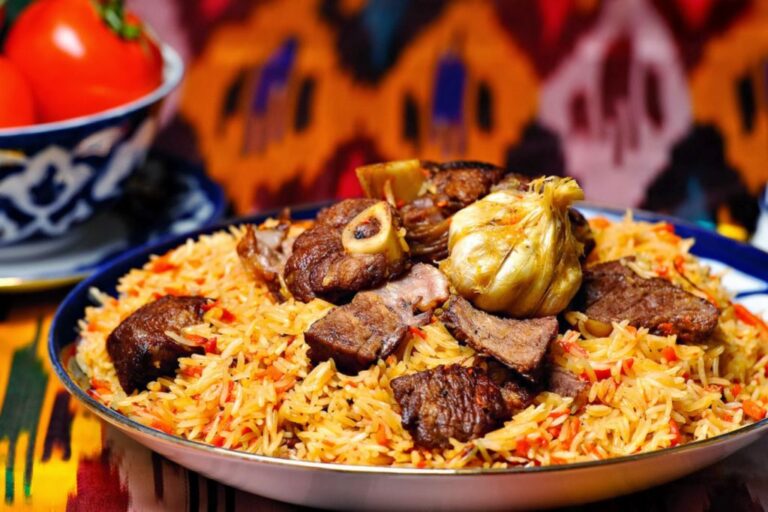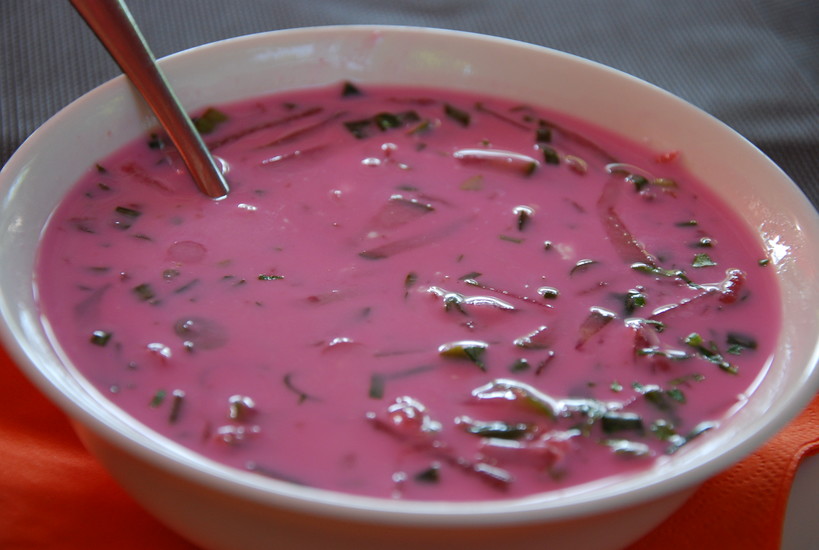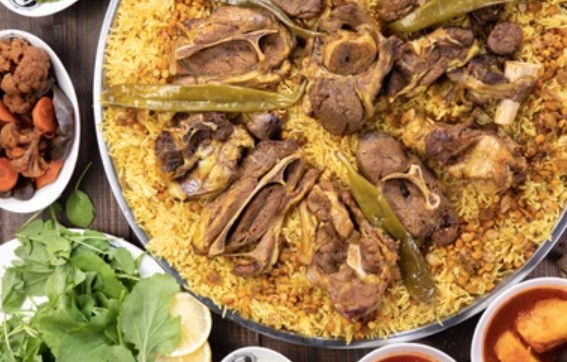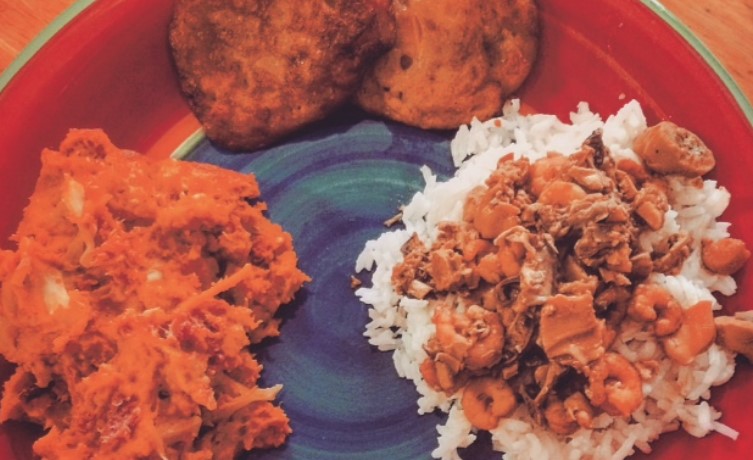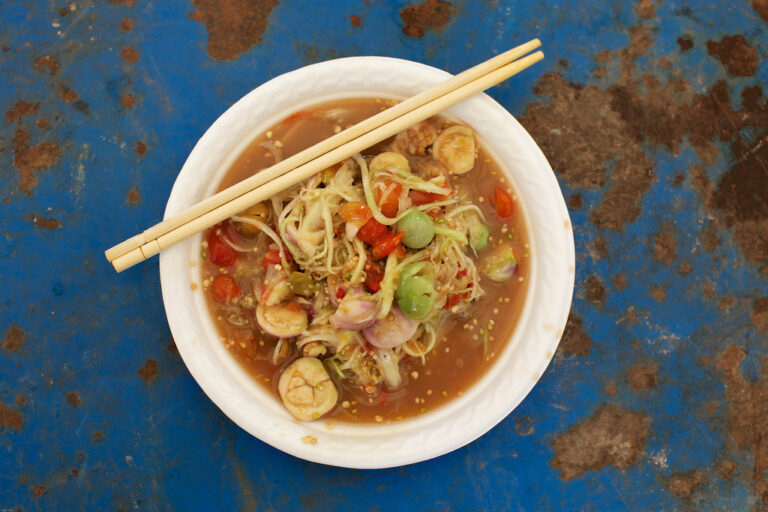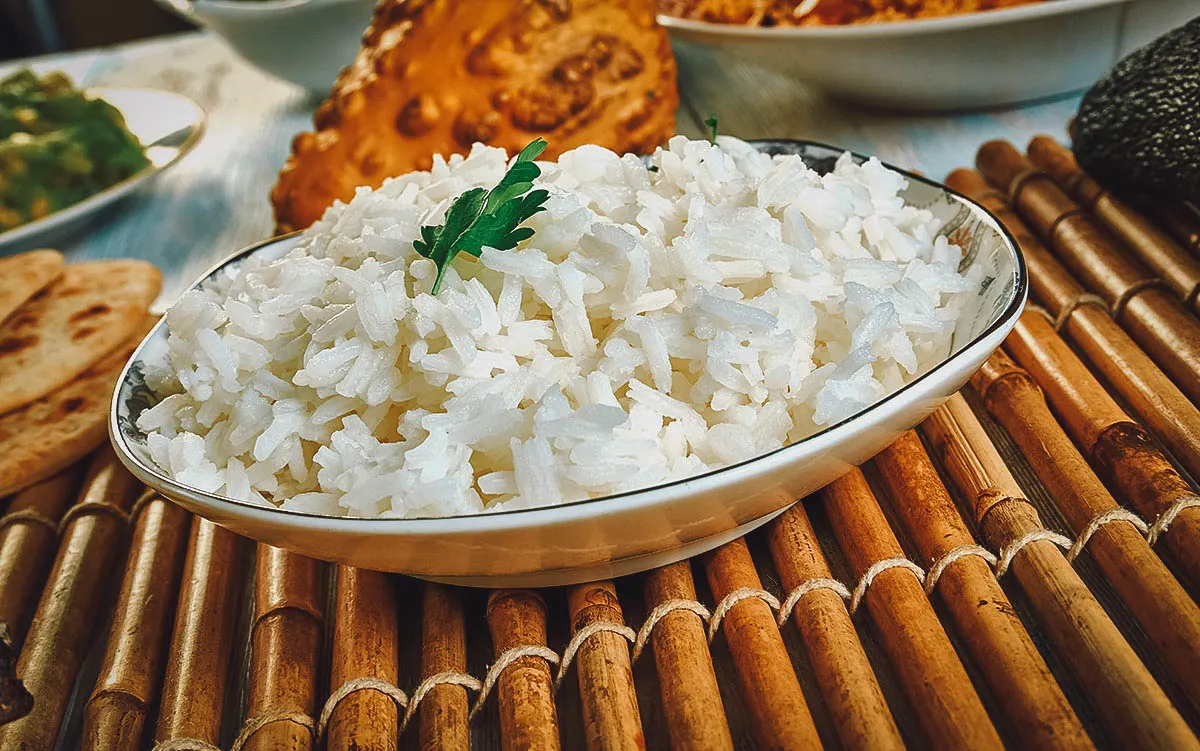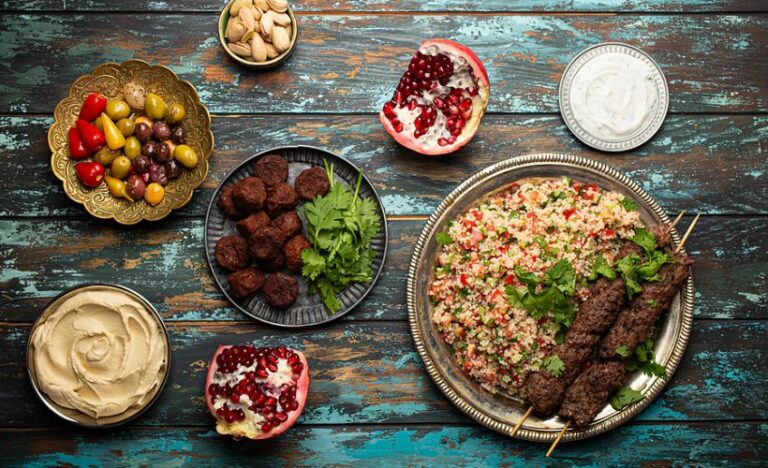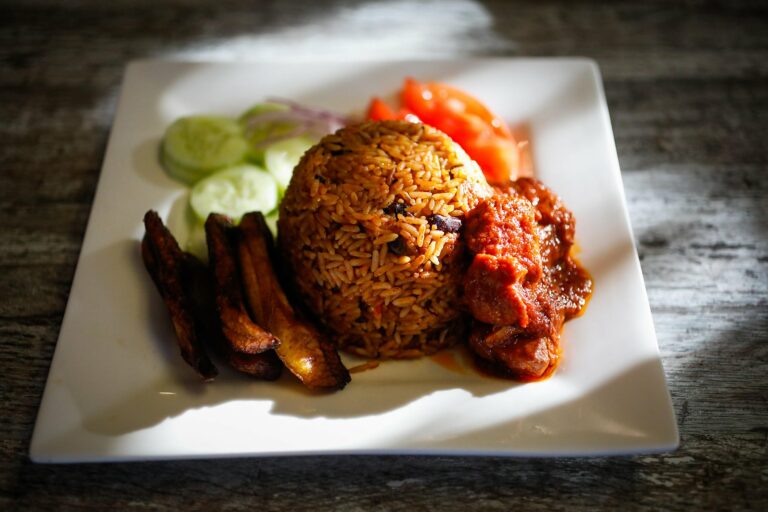Introduction: Kazakh cuisine overview
Kazakh cuisine is a blend of traditional nomadic and agricultural cooking styles. The Kazakh people have a rich culinary heritage, influenced by their nomadic lifestyle, geography, and neighboring countries. The cuisine consists of a wide variety of meats, dairy products, and grains. Kazakh cuisine is known for its hearty, filling dishes that are perfect for the cold steppes of Central Asia.
Halal food requirements in Kazakh cuisine
Islam is the dominant religion in Kazakhstan, and as such, halal food is widely available in the country. Halal is an Arabic word meaning “permissible.” In the context of food, it refers to meat that is prepared according to Islamic law. Kazakh cuisine has specific halal food requirements, such as the animal should be slaughtered by a Muslim, and the meat should be free of blood and other impurities. Kazakh halal food is widely available in restaurants and markets across the country.
Importance of dairy products in Kazakh food
Dairy products play a significant role in Kazakh cuisine. The nomadic lifestyle of the Kazakh people made it difficult to preserve meat for extended periods, so they developed a variety of dairy products that could be stored for longer. Kazakh dairy products include kumis, a fermented mare’s milk, which is a traditional Kazakh drink. Other popular dairy products include ayran, a yogurt drink, and shubat, a fermented camel’s milk. These dairy products are used in many traditional Kazakh dishes and are an essential part of the cuisine.
Traditional Kazakh dishes and their ingredients
Traditional Kazakh dishes are hearty and filling, made from a combination of meat, grains, and dairy products. Some of the most popular Kazakh dishes are beshbarmak, a dish made from boiled meat and served with noodles, and laghman, a noodle dish with vegetables and meat. Other popular dishes include kazy, a smoked horse meat sausage, and shashlik, a grilled meat skewer. Kazakh cuisine also includes a variety of soups, such as shorpa, a meat and vegetable soup, and sorpa, a fish soup.
Vegetarian and vegan options in Kazakh cuisine
Kazakh cuisine is primarily meat-based, making it challenging to find vegetarian and vegan options. However, there are some vegetable dishes in Kazakh cuisine, such as kuyrdak, a vegetable stew made with potatoes, carrots, and onions. Additionally, there are a variety of salads that can be made without meat, such as the popular Kazakh tomato salad. In recent years, some restaurants in Kazakhstan have started to offer vegetarian and vegan options to cater to a more health-conscious clientele.
Health benefits and concerns of Kazakh foods
Kazakh cuisine can be high in fat and calories, making it a concern for some health-conscious individuals. However, many traditional Kazakh dishes include whole grains, vegetables, and dairy products, which can provide several health benefits. Fermented dairy products, such as kumis and shubat, are rich in probiotics and beneficial bacteria that can aid in digestion. Additionally, many Kazakh dishes include herbs and spices that have anti-inflammatory properties. Overall, Kazakh cuisine has both health benefits and concerns, making it essential to consume in moderation and balance.


